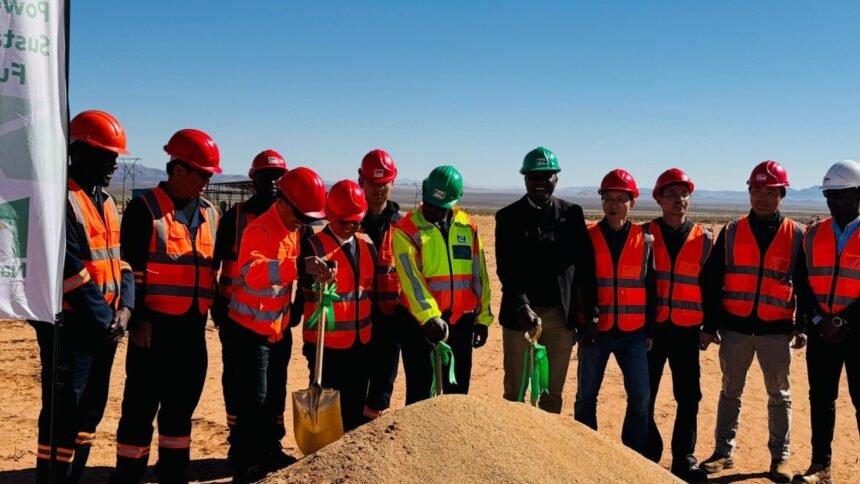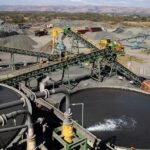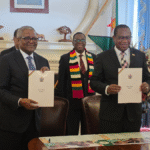Rosh Pinah, Namibia – Namibia took a major step toward energy independence this week as national power utility NamPower began construction on the 100 MW Sores Gaib solar farm, the country’s largest renewable energy project to date.
The NAD 1.6 billion (about $88 million) project, located 33 km northwest of Rosh Pinah, represents Namibia’s biggest single investment in solar power. When completed in mid-2026, the plant will generate enough electricity to power thousands of homes and businesses.
“This isn’t just about keeping the lights on,” said Kahenge Haulofu, NamPower’s Managing Director, at the groundbreaking ceremony. “It’s about taking control of our energy future while creating real opportunities for our people.”
The project comes at a critical time for Namibia, which currently imports more than half its electricity from neighboring countries. Recent droughts have made hydropower imports unreliable, while global energy price shocks have made fossil fuel imports more expensive.
President Nandi Ndaitwah, who has made energy security a priority, praised the project as a turning point. “For too long, we’ve been at the mercy of others for our power,” she said. “Today we start writing a new chapter where Namibia’s sunshine powers Namibia’s future.”
The German government’s development bank KfW is providing most of the financing through a low-interest loan arranged last year. Construction will employ more than 300 workers, with priority given to local hires from the Kharas region.
Energy experts say the plant will help stabilize Namibia’s grid while reducing carbon emissions. “This is exactly the kind of project we need more of,” said University of Namibia energy professor James Mnyupe. “It uses our abundant sunlight to solve multiple problems at once.”
The Sores Gaib plant is just the beginning of Namibia’s solar push. NamPower has identified several other sites for similar projects as part of its plan to generate 70% of the country’s power from renewables by 2030.
For Rosh Pinah residents like schoolteacher Maria Garises, the project brings hope. “Maybe soon we won’t have to worry so much about power cuts,” she said. “And maybe my students will find good jobs in this new energy industry.”
With construction now underway, all eyes will be on whether Namibia can meet its ambitious 2026 completion target. If successful, the Sores Gaib plant could become a model for renewable energy development across southern Africa.










